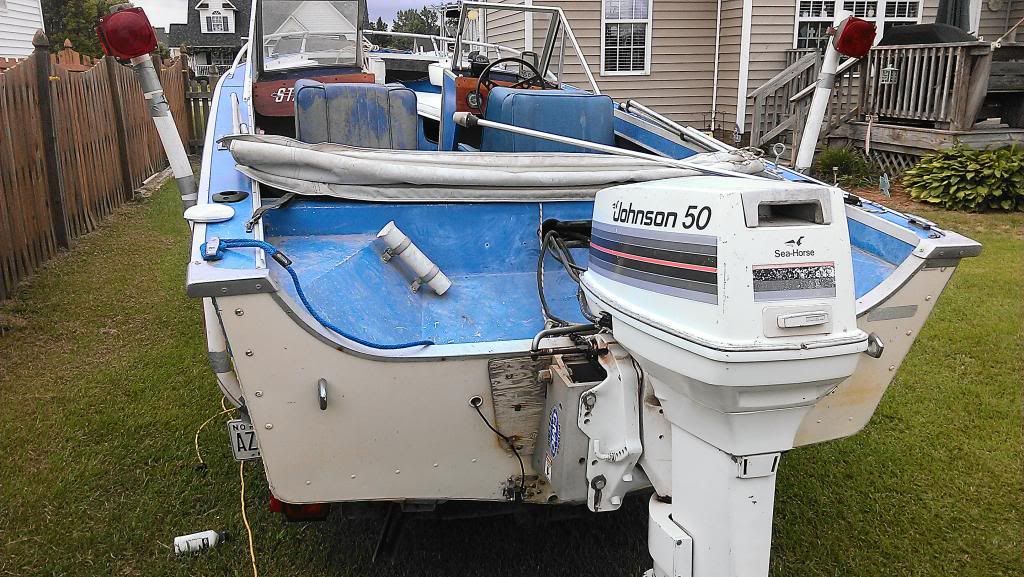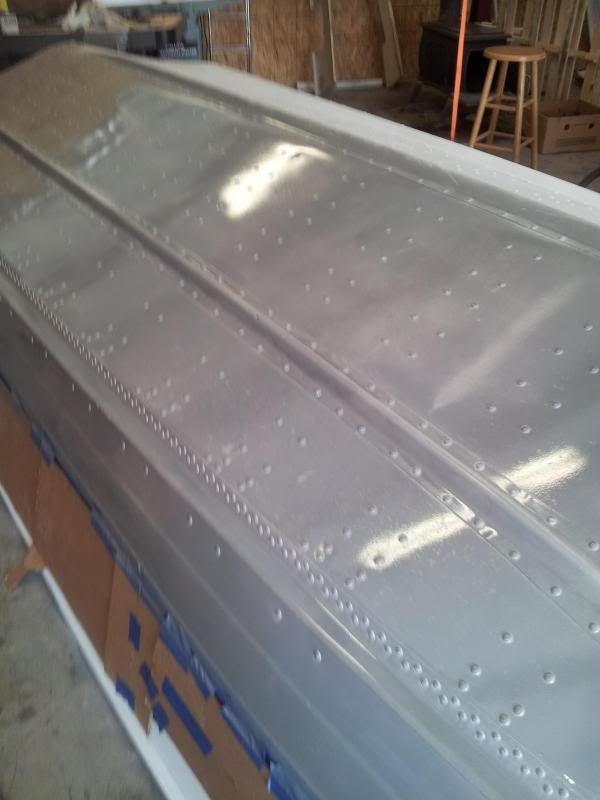I am getting ready to install another fishfinder in my 16 SS. Has anyone found a good location for the transducer? Mine was located on the port side and never read well. Any pictures anyone has of their transducer location that works well would be greatly appreciated. Here is where mine was located. Not sure if mine was the fishfinder or the location??























